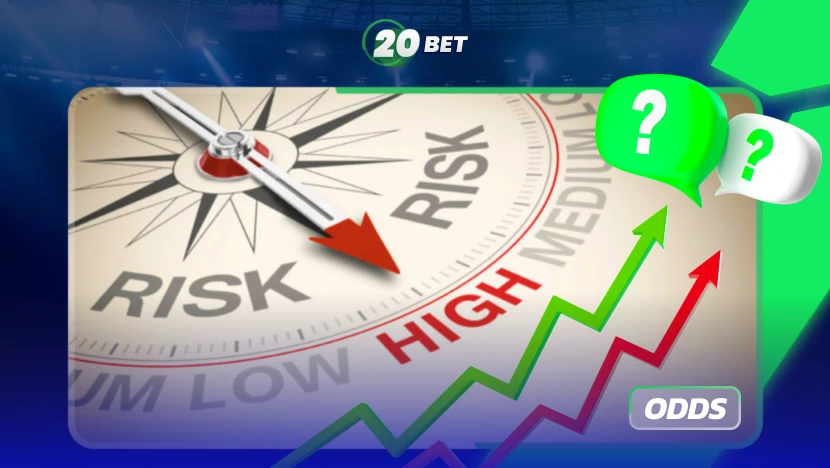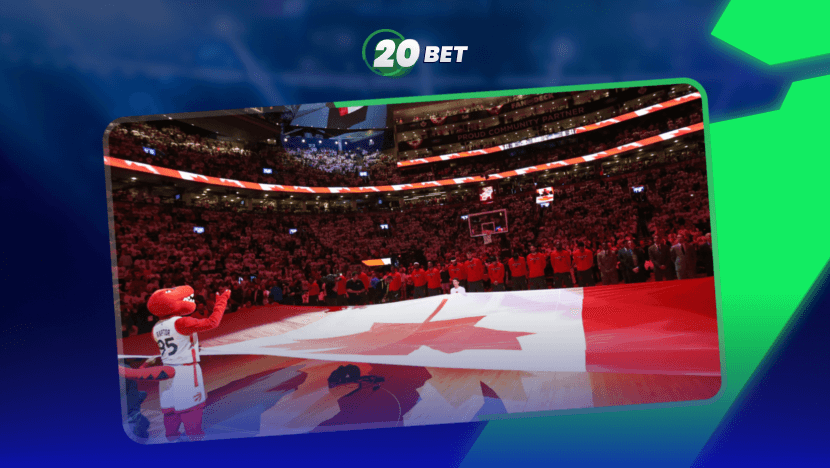Have you ever looked at your betslip and thought, “Oh, these odds are way too high. It’s a trap, isn’t it?” Well, the majority of us think the same way.
However, with the right analysis, a bold forecast, and a bit of intuition, high odds can sometimes mean high rewards.
Betting Odds: Highs and Lows
Let’s be honest – high-odds predictions come with some disadvantages. The first instinct is to call them risky. But in reality, there’s more to it than just chance, which I will explain below.
In soccer betting, it all comes down to probability. A team sitting at +700 to win isn’t necessarily doomed. They’re just less likely to come out on top based on current form, injuries, or public sentiment.
Here’s where clever bettors find their edge. Sometimes, odds increase not because a team have gotten worse, but because the opponents are hyped up. Market sentiment, media coverage, and public betting patterns can all create price distortions.
Understanding Risk in Sports Betting
One of the biggest misconceptions in sports betting is that high odds automatically mean high risk. But this isn’t as simple as it might seem at first glance.
If you put $20 on a team priced at -200, your potential return is $30 ($10 profit + $20 stake). It may seem secure, but it still exposes a large portion of your bankroll to a relatively small reward. Always weigh this risk-to-reward ratio against the true probability of the outcome before placing such bets.
Now imagine putting that same $10 on a +500 underdog. Suddenly, your potential return is $60 ($50 profit + $10 stake), but the probability of loss is higher.
Outcomes become more uncertain as the odds increase. But in many cases, the relative risk doesn’t scale as dramatically.
The Relationship Between Odds and Probability
What are odds, and how are they related to probability? You’ve certainly asked this question at least once in your life. And to be fair, it’s not that straightforward.
Odds represent both probability assessment and payout structure. They reflect the bookmaker’s implied probability of an outcome while incorporating a profit margin. Converting odds to implied probability (e.g., +500 = 16.7% chance) helps evaluate whether the potential reward justifies the risk.
When High Odds Don’t Mean High Risk
This is where the concept of betting to risk vs. betting to win comes in. A $5 bet on +900 odds? You’re risking $5 for a $50 return – high reward from a small stake, but with only about 10% implied probability of winning. Now compare that to betting $50 on a -500 favorite, which may seem safer as it carries a roughly 83% chance of success, but the profit is only $10.
In soccer betting, the market can be swayed by hype, injuries, and even rumors. When it moves emotionally, value can appear on overlooked teams or draw outcomes that remain fundamentally strong. By focusing on stats, form, and context instead of headlines, you can spot these opportunities where others aren’t paying attention.
Identifying Value Bets
Value betting is a hidden treasure. Let’s say Barcelona are at +250 away to PSG, which implies around 28.6% probability. Most people would pass, thinking it’s too risky. However, after conducting extensive research on form, lineups, and motivation, you believe that Barcelona’s actual win chance is around 60%. That gap between the implied probability (28.6%) and your estimate (60%) is where the value lies. If your analysis is sound, then the odds are undervaluing Barcelona’s chances, and you can take advantage of that.
Over time, placing bets like this can lead to long-term profit, even if you don’t win every time. However, they require in-depth analysis and are usually tough to find.
Strategies for Betting on High Odds
Betting on high-risk odds doesn’t mean hoping for a miracle. Here are a few strategies that might come in handy:
- Keep your bet sizes consistent. This protects your bankroll by preventing overexposure on any single bet, reducing the impact of inevitable losing streaks, and helping you stay in the game longer.
- Track your metrics. You can’t improve what you don’t measure. Record your bets, note the odds, outcomes, and your reasons behind each one.
- Parlays and accumulators are good, but they also multiply risk. Try mixing one or two high-odds picks with safer legs to balance the bet.
Managing Your Bankroll
Bankroll management is everything. Even the smartest bets fail sometimes. That’s why you need a plan that protects your capital, which includes the following:
- Set a monthly limit: Only wager money you can afford to lose.
- Always maintain liquidity: Keep a portion of your bankroll available to take advantage of favorable opportunities when they arise.
- Withdraw winnings regularly: Whenever you win your betslips, make sure to withdraw the winnings. This reduces the temptation to re-bet everything and ensures that you’re actually saving some of your earnings.
Responsible Gambling
In soccer betting, you might experience losing periods, which may last several days. The best way to avoid reckless gambling is to use specific methods that help you stay in control.
20Bet has several tools for you. Make sure to check out:
- Deposit and loss limits: You can set a cap on how much you can deposit or lose, which helps you stick to your budget.
- Time-based restrictions: Limit the amount of time you can spend betting each day.
- Self-exclusion and time-outs: Temporarily block access to your account if you feel you need a break.
The Bottom Line
In soccer betting, nothing is guaranteed. That’s what makes it brutal. But if you dive deeper into the data, you might get a better understanding of the way odds work and start to see patterns others miss.
Experienced bettors find value where others see risk and slowly build a strategy that delivers long-term yield.
So next time you see a tempting long shot, don’t dismiss it. Look closer. Ask yourself: Do the odds accurately reflect the risk, or does your analysis point to a potential mispricing?
FAQ
Do high odds always mean high risk in sports betting?










